Leora J. Goodin
I'm a blogger dedicated to sharing insights on lifestyle and wellness. Through personal stories and practical tips, I aim to inspire and empower my readers to lead healthier, more fulfilling lives.
Black Friday and Cyber Monday 2023 Deals for Motion Designers, grab it now!
Students and teachers save a massive 71% on Creative Cloud All Apps
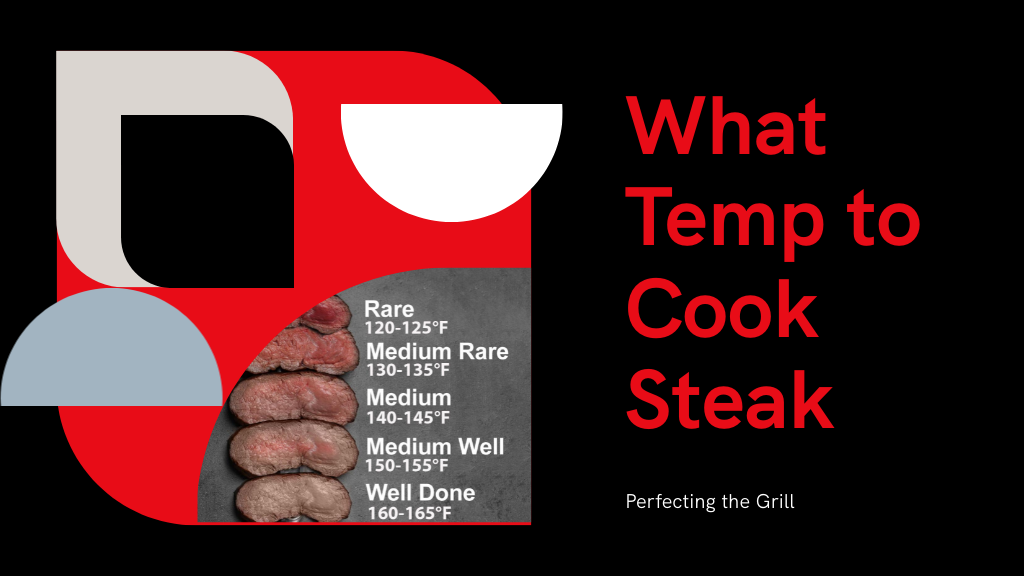
Knowing the key steak temperatures ensures perfect doneness every time—discover the ideal heat for your preferred finish and why timing matters.
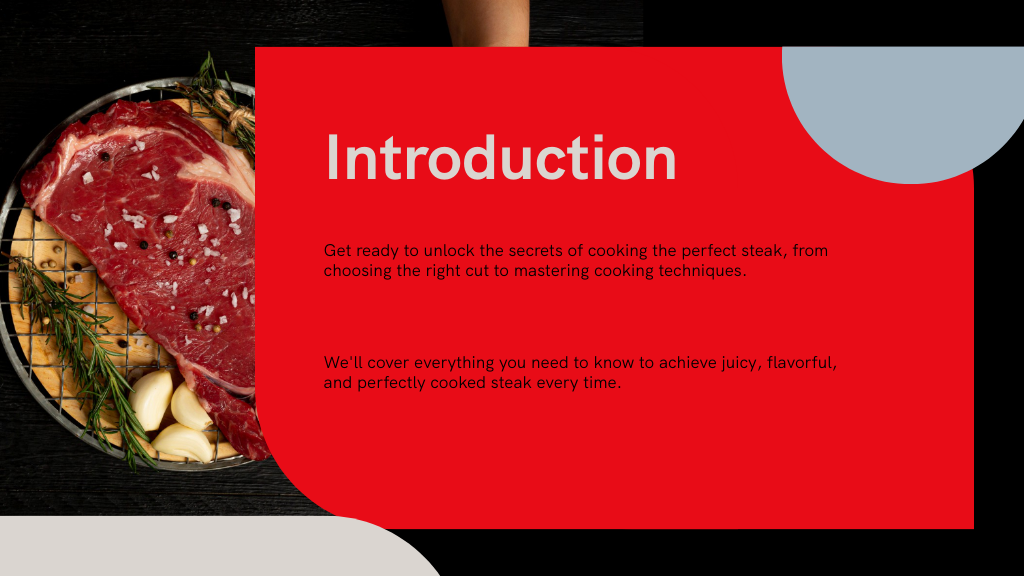
You’ll want to cook your steak to specific temperatures based on how you like it done: 120-125°F for rare, 130-135°F for medium-rare, 140-145°F for medium, 150-155°F for medium-well, and 160-165°F for well done. Use an instant-read thermometer to verify accuracy, and remember to pull your steak a few degrees early to account for carryover cooking. Rest it for a few minutes to lock in juices. Keep going to uncover tips on cuts and cooking techniques.
Although everyone’s taste varies, knowing the ideal temperature for your preferred steak doneness helps you cook it perfectly every time.
Understanding your perfect steak temperature ensures consistent, delicious results every time.
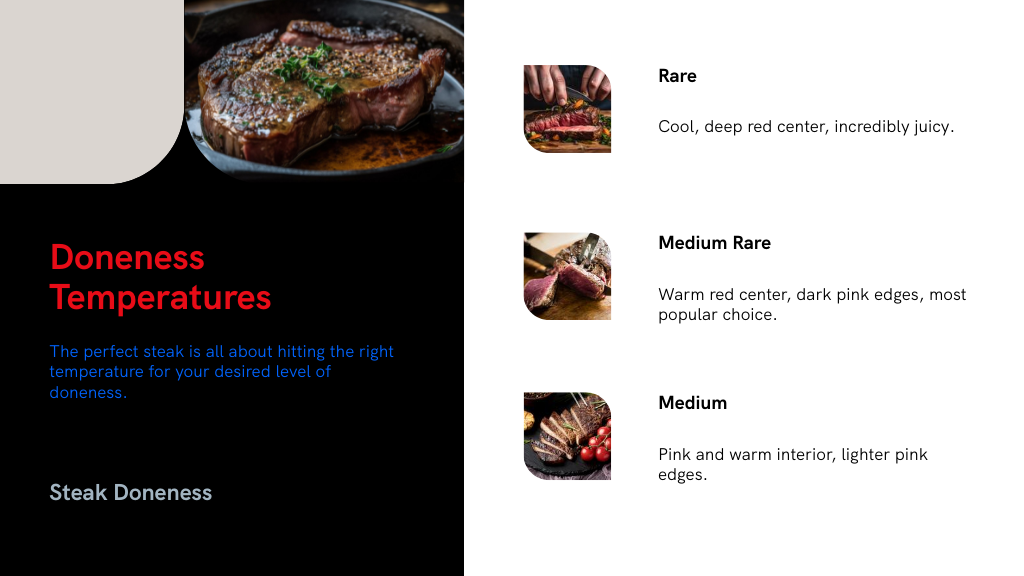
If you’re wondering what temp to cook steak for rare, aim for 120°F to 125°F to get a cool, deep red center that's incredibly juicy. For medium rare, cook it to 130°F to 135°F—this warm red center with dark pink edges is the most popular choice. Medium steaks reach 140°F to 145°F, offering a pink and warm interior with lighter pink edges.
If you prefer medium well, the temperature should be between 150°F and 155°F for a hot meat with just a hint of pink. Finally, well-done steaks hit 160°F to 165°F, resulting in a grey interior and firm texture with minimal juices.
To measure your steak’s internal temperature accurately, use an instant-read digital meat thermometer and insert it into the thickest part of the steak, avoiding bone or fat.
Insert the thermometer from the side to reach the center, where it’s coolest, especially in thicker cuts. This method helps you know precisely what temperature to cook a steak in the oven or on the grill.
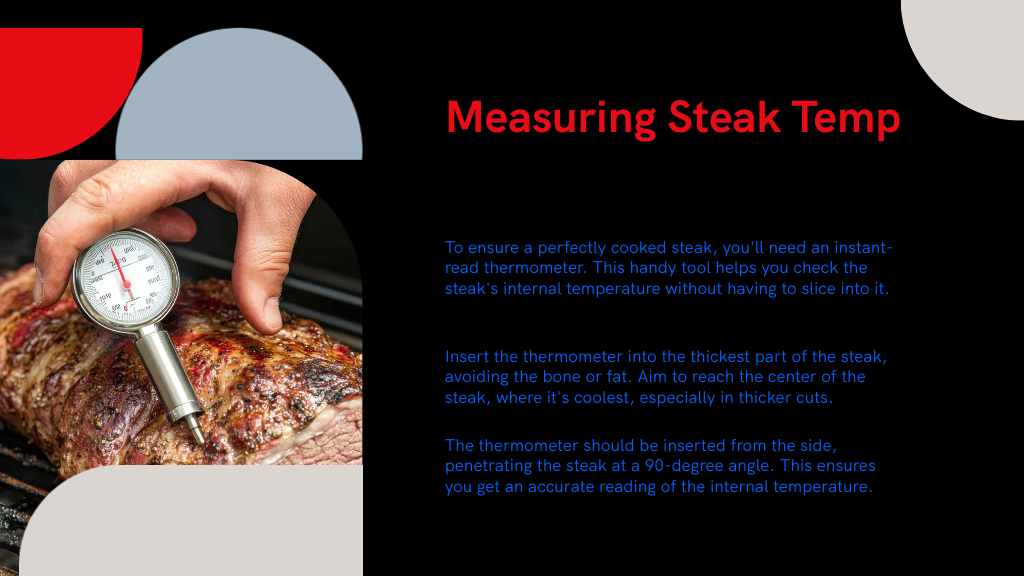
Avoid cutting into the steak to check doneness, as it releases juices and affects flavor. For rare, aim for 120° to 125°F; medium rare, 130° to 135°F; and medium, 140° to 145°F.
Knowing the internal temperature of your steak is just part of cooking it perfectly. You need to understand carryover cooking and resting to hit that ideal doneness.
After you remove your steak from the heat, its internal temperature will keep rising—3–5°F for thinner cuts and 5–7°F for thicker ones. To use the temperature to cook steak properly, pull it off the heat about 5°F below your target.
Then, let it rest for 3-5 minutes so juices redistribute, enhancing tenderness and flavor. Avoid cutting it right away to prevent juice loss.
Keep these points in mind:
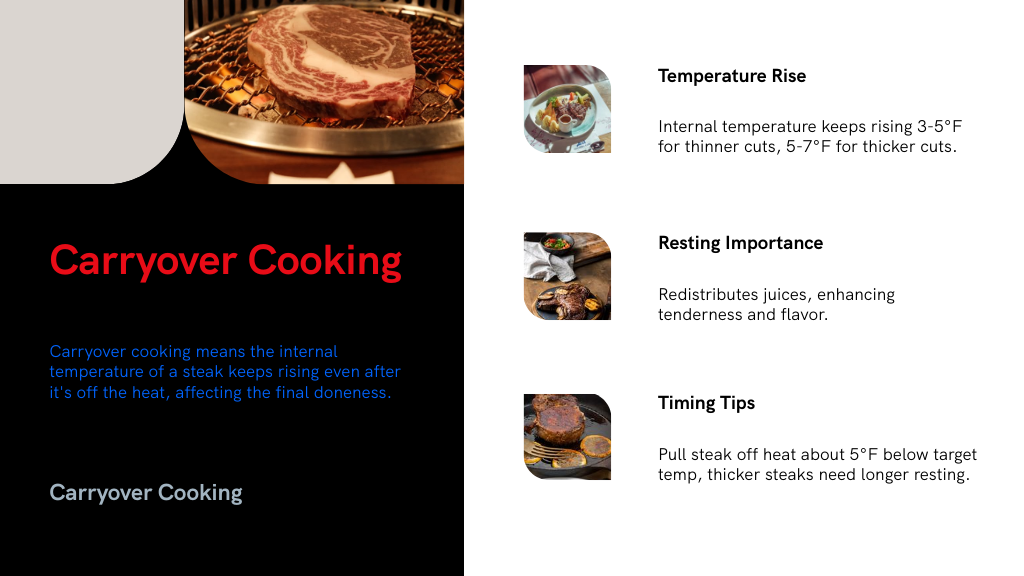
When picking your steak, pay attention to the cut and its texture because they affect cooking time and flavor. Cuts like ribeye offer rich marbling, while filet mignon is tender and cooks quickly. Knowing these differences helps you choose the best steak for your preferred cooking method and temperature.
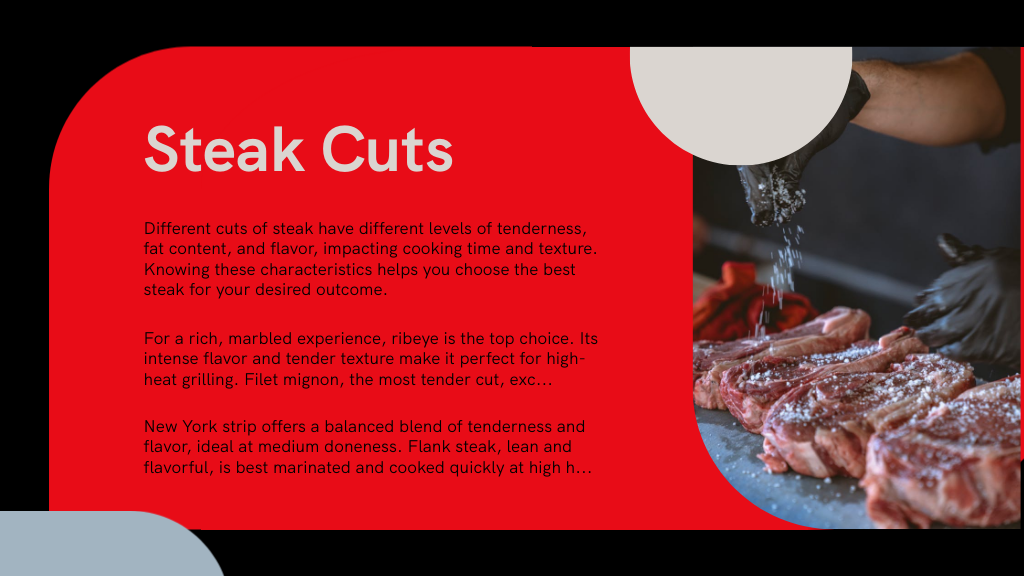
Steak cuts vary widely, each bringing its own texture and flavor to the table based on fat content and muscle structure. When choosing your steak, consider how the oven temp for steak will affect cooking times and doneness.
Here are four popular cuts:
Picking the right cut helps you match cooking temps for the perfect steak every time.
Three key factors influence how a steak feels and tastes: fat content, muscle structure, and cooking method. When choosing your cut, remember ribeye and strip steaks have more marbling, making them juicy and flavorful at medium-rare (130°F–135°F).
Filet mignon is tender with less connective tissue, perfect if you want a melt-in-your-mouth texture. Tougher cuts like flank or skirt need marinating and benefit from cooking to medium-well (150°F–155°F) to soften them up.
Also, thicker cuts such as porterhouse or T-bone give you better control over steak oven temperature and suit reverse-searing well. Picking the right cut based on texture helps you match cooking methods and temperatures perfectly, ensuring each bite tastes just how you like it.
Although achieving the perfect steak might seem challenging, mastering a few key cooking techniques can make all the difference. Knowing what temp to cook steak in the oven is vital—start low and slow, around 250°F, then finish with a sear for a crisp crust.
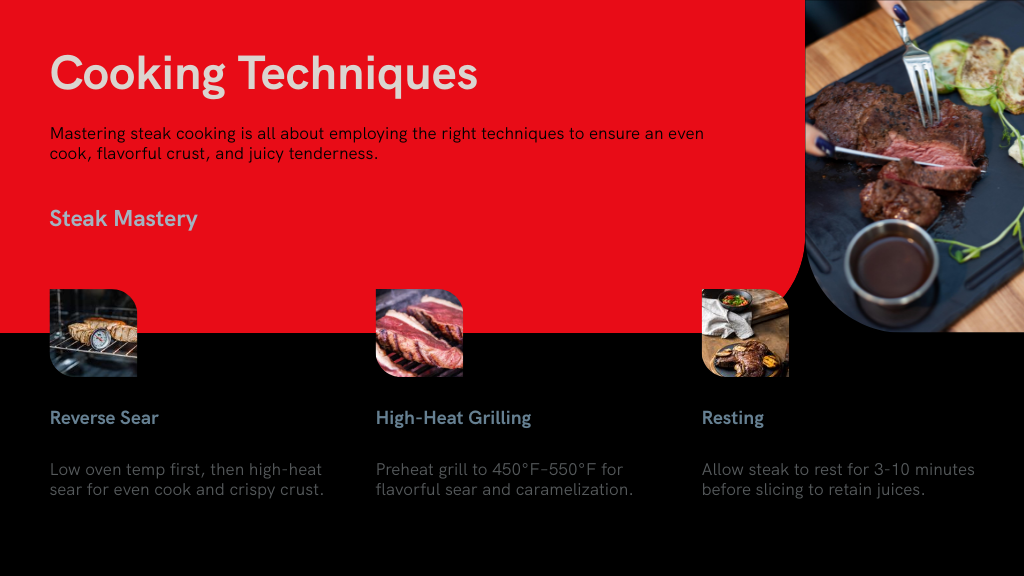
Here are four essential tips:
Following these techniques guarantees even cooking, great flavor, and a tender, perfectly cooked steak every time.
Mastering steak cooking is easier when you have the right tools at hand. To nail what temp to bake steak or grill it perfectly, a digital instant-read thermometer like the Thermapen ONE is essential. It lets you check internal temperature quickly without cutting the meat, ensuring precise doneness.
For continuous monitoring, a leave-in meat thermometer helps prevent overcooking by alerting you the moment your steak hits the perfect temp.
A cast iron skillet is your go-to for superior searing, creating that flavorful crust every steak deserves. If you prefer grilling, wireless meat thermometers allow remote temperature checks, so you’re not stuck by the grill.
Finally, quality grilling tools, including a solid BBQ spatula and premium wood pellets, can elevate flavor and control throughout your cooking.
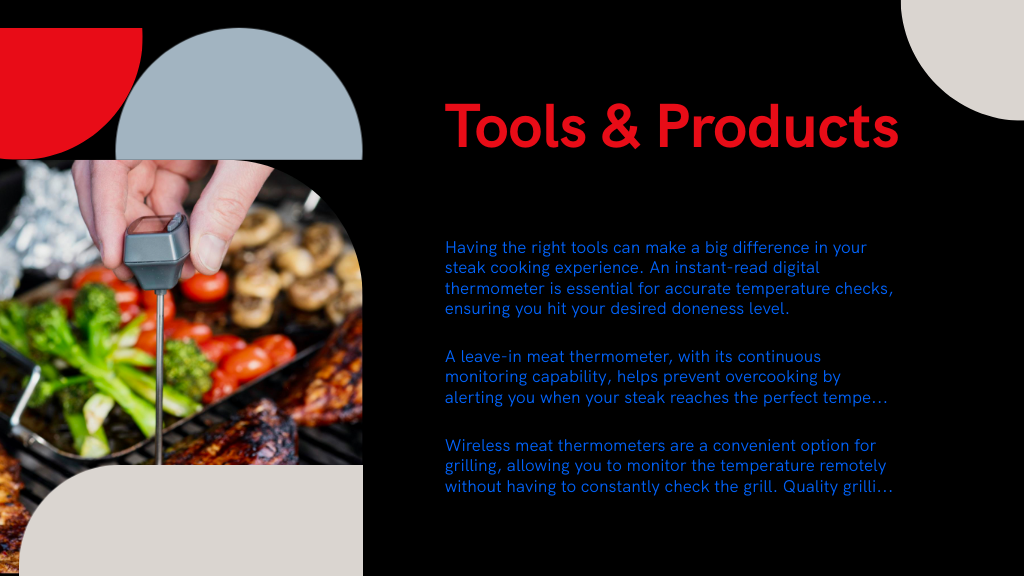
Now that you know the ideal temperatures and techniques, you’re almost ready to cook that perfect steak. But remember, the secret isn’t just in the heat—it’s in how you measure, rest, and choose your cut. Are you ready to master carryover cooking and reveal the full flavor? Keep your tools close, trust your instincts, and soon enough, you’ll be slicing into steak perfection that’s juicy, tender, and exactly how you like it.
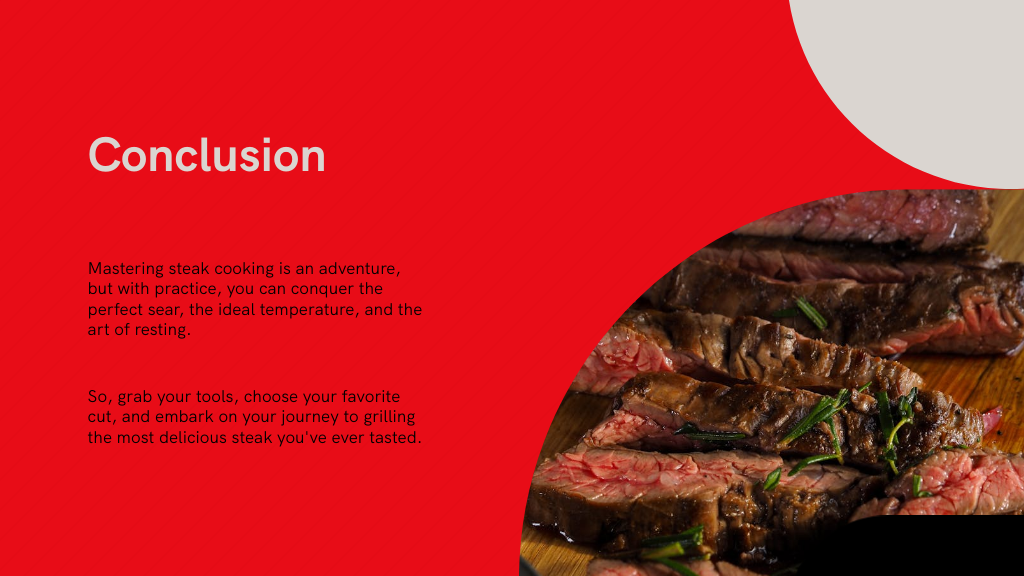
Your email address will not be published. Required fields are marked *